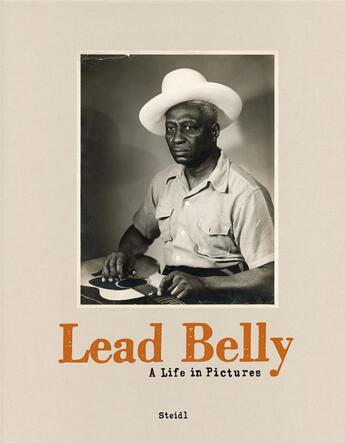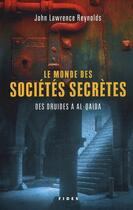Résumé:
Photos, memorabilia and more from the life of Lead Belly, of "Goodnight, Irene" and "Midnight Special" fame.
This is a new edition of Lead Belly: A Life in Pictures, the rich visual biography of legendary Louisiana blues musician Lead Belly, originally published by Steidl in 2007. Here is a... Voir plus
Photos, memorabilia and more from the life of Lead Belly, of "Goodnight, Irene" and "Midnight Special" fame.
This is a new edition of Lead Belly: A Life in Pictures, the rich visual biography of legendary Louisiana blues musician Lead Belly, originally published by Steidl in 2007. Here is a treasure trove of rare photographs, news clippings, concert programs, personal correspondence (including letters from Woody Guthrie), record albums, awards and other memorabilia, some of which was discovered in a basement trunk in Brooklyn, safely stored by Lead Belly's wife, Martha--"My wife is half my life; my guitar is the other half," he once said.
Born Huddie William Ledbetter, Lead Belly (1889-1949) was an influential Louisiana bluesman who wrote and performed some of the best-loved songs of the 20th century, including "The Midnight Special," "Rock Island Line" and his signature "Goodnight, Irene." Notable for his strong vocals and virtuosity on the twelve-string guitar, he could also play the piano, mandolin, harmonica, violin, concertina and accordion. Library of Congress folk music anthropologist John A. Lomax discovered Lead Belly serving time for assault at the infamous Louisiana State Penitentiary at Angola in 1934. Lomax, traveling through the South in search of American folk songs, immediately recognized Lead Belly as a walking anthology of African American music and arranged for him to come to New York, where he soon created a sensation. His influence on later generations of popular musicians has been significant: Keith Richards, Jimi Hendrix, Jerry Garcia, Kurt Cobain, Van Morrison, Robert Plant and Beck have all paid their respects.















